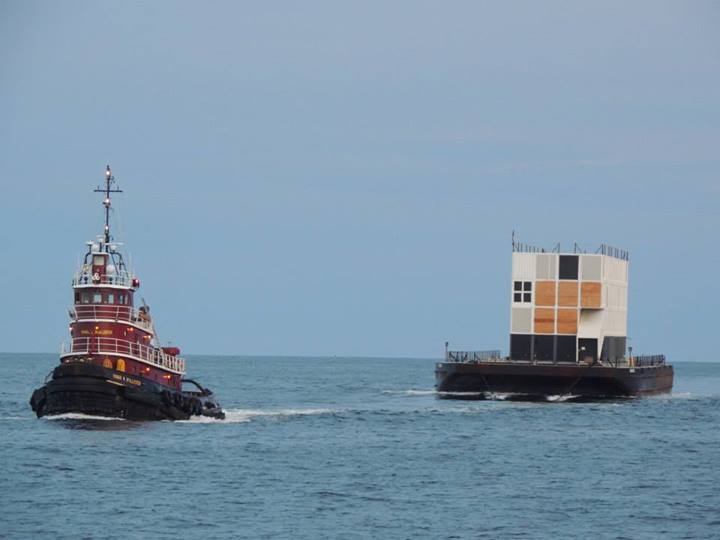Kurt Nimmo
Infowars.com
October 30, 2013
Portland Tugboat has posted a photo of another
Google mystery barge on their Facebook page.
On October 27, CNET reported that a similar barge
was docked in the San Francisco Bay. “Is it a floating Google data center? A
floating Google Glass store? Or something else altogether?” asked Daniel Terdiman, writing for the tech media website. The barge
is docked at a former U.S. Navy station on Treasure Island.
On October 26, Tom Bell, writing for the Portland Press Herald, reported “a
four-story windowless building” docked in the Portland Harbor. “Its purpose and
its owner’s identity have been kept secret.”
Despite a cover story that the barge was some sort
of promotional gimmick for Google Glass, the wearable computer with an optical
head-mounted display, a Google patent for a water-based data center filed in 2007
reveals a different agenda. The patent was granted in 2009.
Google is linked to the
CIA and the national security state through the CIA’s technology research
division, In-Q-Tel. In 2005, Google acquired
the CIA funded satellite mapping software subsequently named Google
Earth.
NSA whistleblower Edward Snowden said in August that Google and other technology
corporations received millions of dollars from the NSA for their compliance with
PRISM, a secret mass electronic surveillance data mining program.
Fred Burton, vice president of Stratfor and a former senior
State Department official, described Google as “doing things the CIA cannot do,”
according to documents acquired by Wikileaks.
In 2010, Noah Shachtman, writing for Wired, reported that Google had
teamed up with the CIA to back a company that developed technology to monitor
the web in real time.
“The company is called Recorded Future, and it
scours tens of thousands of websites, blogs and Twitter accounts to find the
relationships between people, organizations, actions and incidents,” writes
Shachtman. “The idea is to figure out for each incident who was involved, where
it happened and when it might go down.”




No comments:
Post a Comment